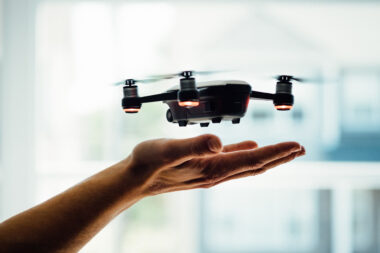Introduction
Building Information Modeling (BIM) and Digital Twins represent significant advancements in construction and facilities management, integrating digital representation with physical assets. BIM provides a collaborative 3D modeling framework for project lifecycle management, whereas Digital Twins extend BIM capabilities by integrating real-time data from physical assets, allowing continuous monitoring and predictive management.
Principles and Technical Foundations
1. Building Information Modeling (BIM)
- Collaborative Modeling: BIM involves creating and managing accurate 3D digital representations of building components, facilitating collaboration among architects, engineers, contractors, and stakeholders.
- Data Integration: Incorporates detailed geometric and non-geometric information such as materials, specifications, and schedules.
- Lifecycle Management: Enables seamless management from design through construction, operation, and demolition phases.
2. Digital Twins
- Real-Time Connectivity: Digital Twins integrate real-time sensor data and IoT devices with digital models for continuous monitoring.
- Simulation and Prediction: Allows predictive analytics, scenario modeling, and virtual simulations for operational efficiency and risk mitigation.
- Interactive Feedback Loop: Provides an interactive environment for immediate feedback, enabling dynamic asset management and operational optimization.
Technical Components Involved
BIM Technical Components
- 3D Modeling Software: Autodesk Revit, ArchiCAD, Bentley AECOsim Building Designer.
- Data Management Platforms: Autodesk BIM 360, Trimble Connect, Bentley ProjectWise.
- Interoperability Standards: Industry Foundation Classes (IFC), Construction Operations Building Information Exchange (COBie).
Digital Twins Technical Components
- IoT and Sensor Networks: Real-time sensors for data collection (temperature, humidity, structural health, occupancy).
- Data Integration Platforms: Cloud-based platforms such as Microsoft Azure Digital Twins, IBM Maximo, GE Predix.
- Visualization and Simulation Tools: Unity, Unreal Engine, Autodesk Forge for immersive interaction and simulations.
- Predictive Analytics and AI: Machine learning algorithms for data analysis, anomaly detection, and operational forecasting.
Implementation Techniques
Step 1: Digital Strategy Development
- Define clear objectives and use-cases for BIM and Digital Twins implementation.
- Align technology strategies with organizational goals and industry standards.
Step 2: BIM Model Creation
- Develop detailed 3D digital representations, integrating architectural, structural, MEP (Mechanical, Electrical, Plumbing) systems.
- Ensure adherence to standard protocols and interoperability standards (IFC, COBie).
Step 3: IoT Sensor Integration
- Install sensors and IoT devices strategically throughout the building for continuous real-time data collection.
- Integrate data streams into digital models, establishing continuous real-world connectivity.
Step 4: Data Management and Cloud Integration
- Centralize data management through cloud based platforms, enabling data accessibility, scalability, and secure sharing.
- Deploy APIs and middleware solutions for seamless data integration between BIM models and sensor data.
Step 5: Real-Time Monitoring and Analytics
- Implement analytics dashboards using software tools for visualization and monitoring of real-time data.
- Deploy predictive analytics using AI and machine learning to optimize building performance and maintenance schedules.
Step 6: Simulation and Feedback
- Conduct scenario based simulations for predictive maintenance, energy optimization, and disaster management.
- Establish real time feedback loops to inform operational adjustments and strategic planning.
Benefits of BIM and Digital Twins
- Improved Collaboration: Enhanced communication among stakeholders, reducing errors and improving efficiency.
- Lifecycle Cost Reduction: Predictive maintenance reduces operating costs and downtime.
- Enhanced Operational Efficiency: Real time data improves decision making and facility management.
- Risk Mitigation: Simulations and predictive analytics enhance risk assessment and response.
- Sustainability: Optimizes resource use, improves energy efficiency, and reduces environmental impact.
Case Study: Smart Urban Complex Utilizing BIM and Digital Twins
A newly developed urban complex employed BIM and Digital Twin technologies from design through operational phases. Initially, BIM facilitated collaborative architectural, structural, and MEP modeling, significantly improving design accuracy and reducing conflicts during construction. Upon completion, IoT sensors including environmental, occupancy, structural health monitoring, and energy consumption sensors were strategically installed to provide real time data integration into the digital twin model.
Cloud based analytics platforms enabled centralized monitoring of facility operations, allowing stakeholders to visualize real time performance data through interactive dashboards. Predictive analytics identified potential maintenance issues before they occurred, significantly reducing downtime and lifecycle costs. The digital twin supported energy optimization by continuously analyzing sensor data, resulting in approximately 25% energy savings compared to similar traditional facilities.
The implementation faced challenges, including initial investment costs and technical complexity. However, these were addressed by phased implementation strategies and specialized workforce training programs, ultimately demonstrating substantial economic, environmental, and operational benefits.
Conclusion
Building Information Modeling and Digital Twins are reshaping the AEC industry by delivering significant advancements in collaborative design, real-time monitoring, predictive management, and sustainable operations. Through careful implementation, continuous technological development, and addressing existing challenges, BIM and Digital Twins will play a pivotal role in the future of construction and facility management.



